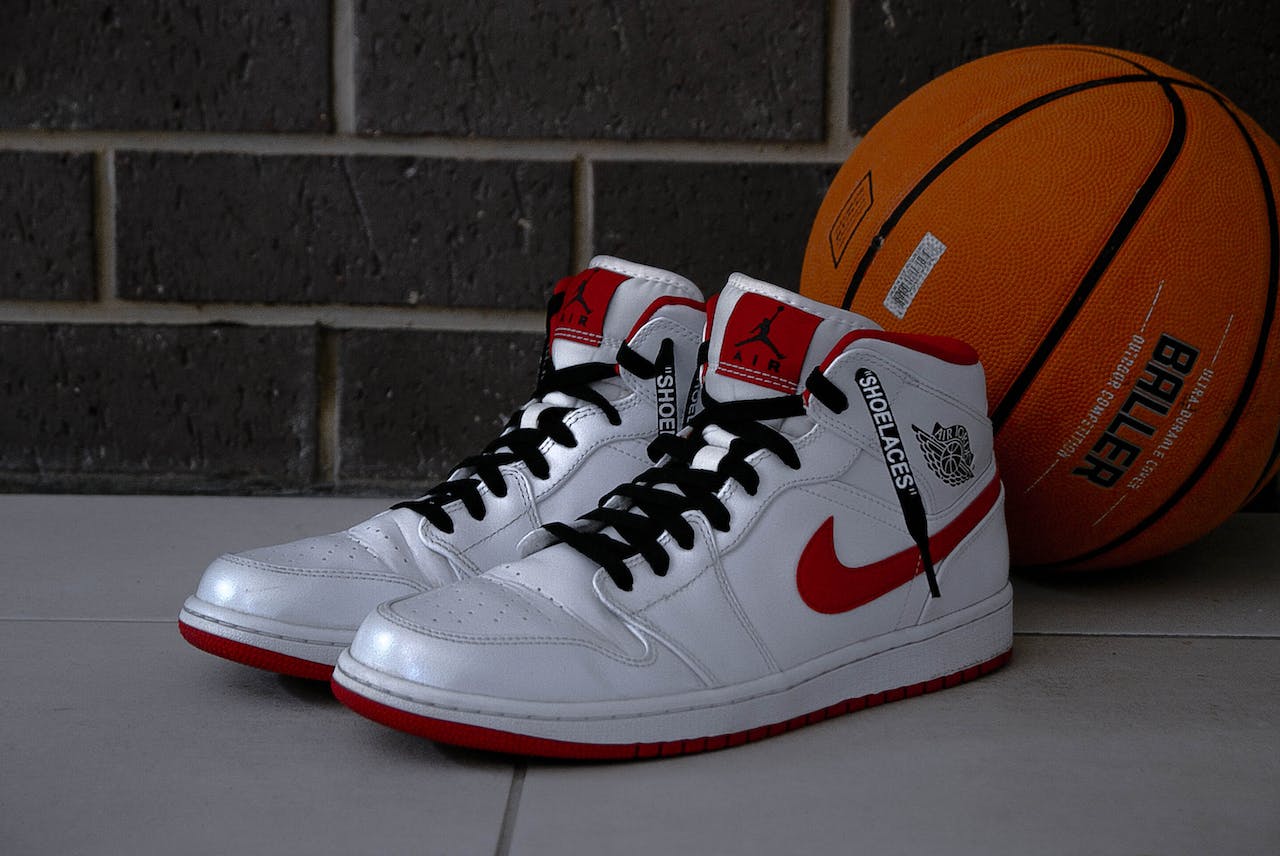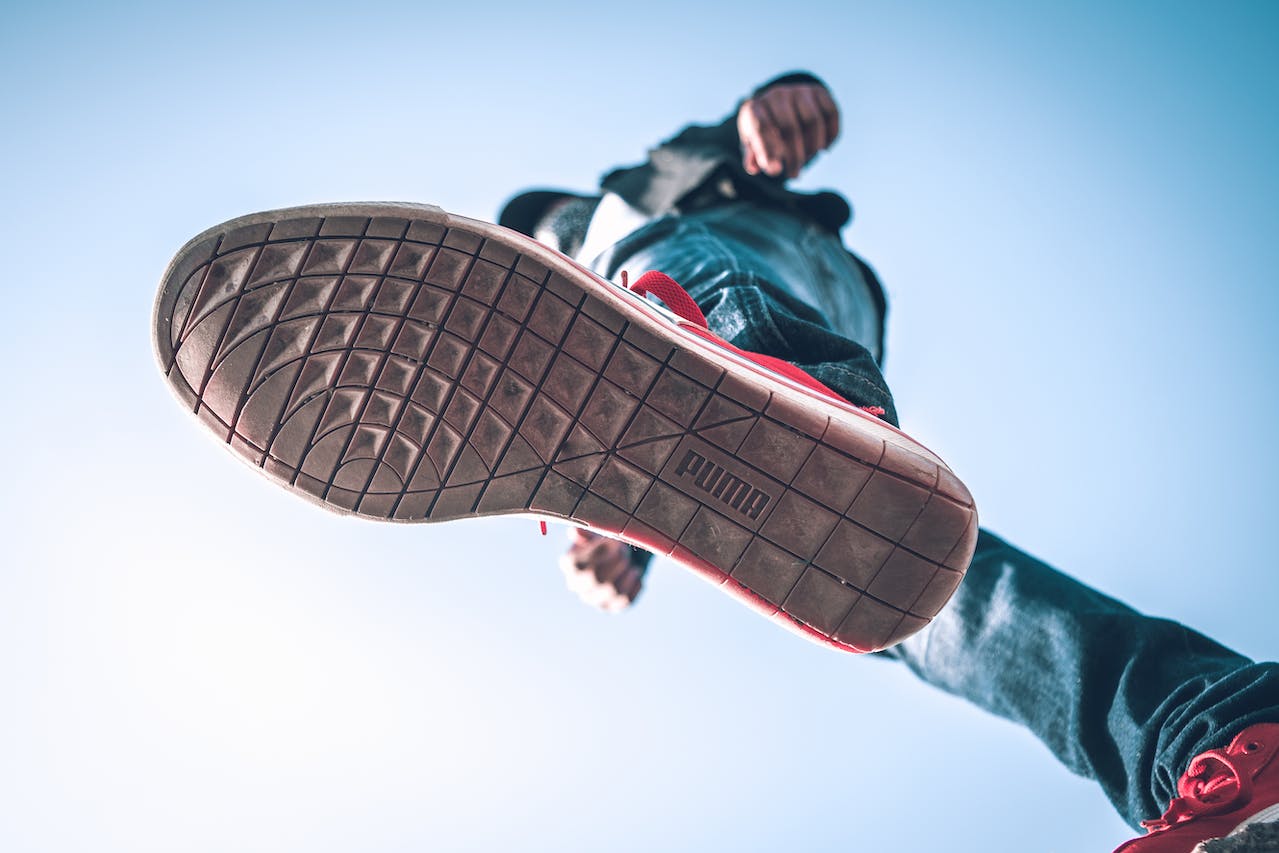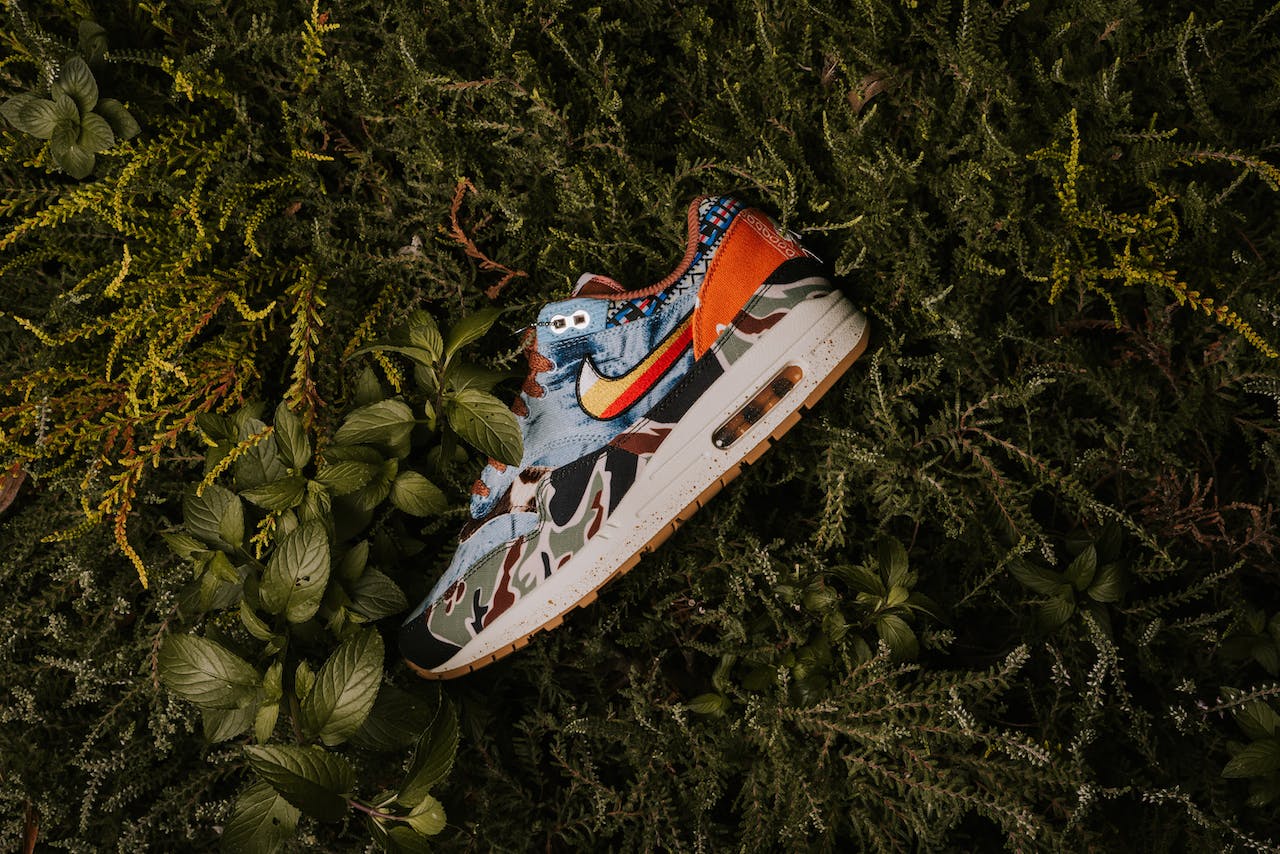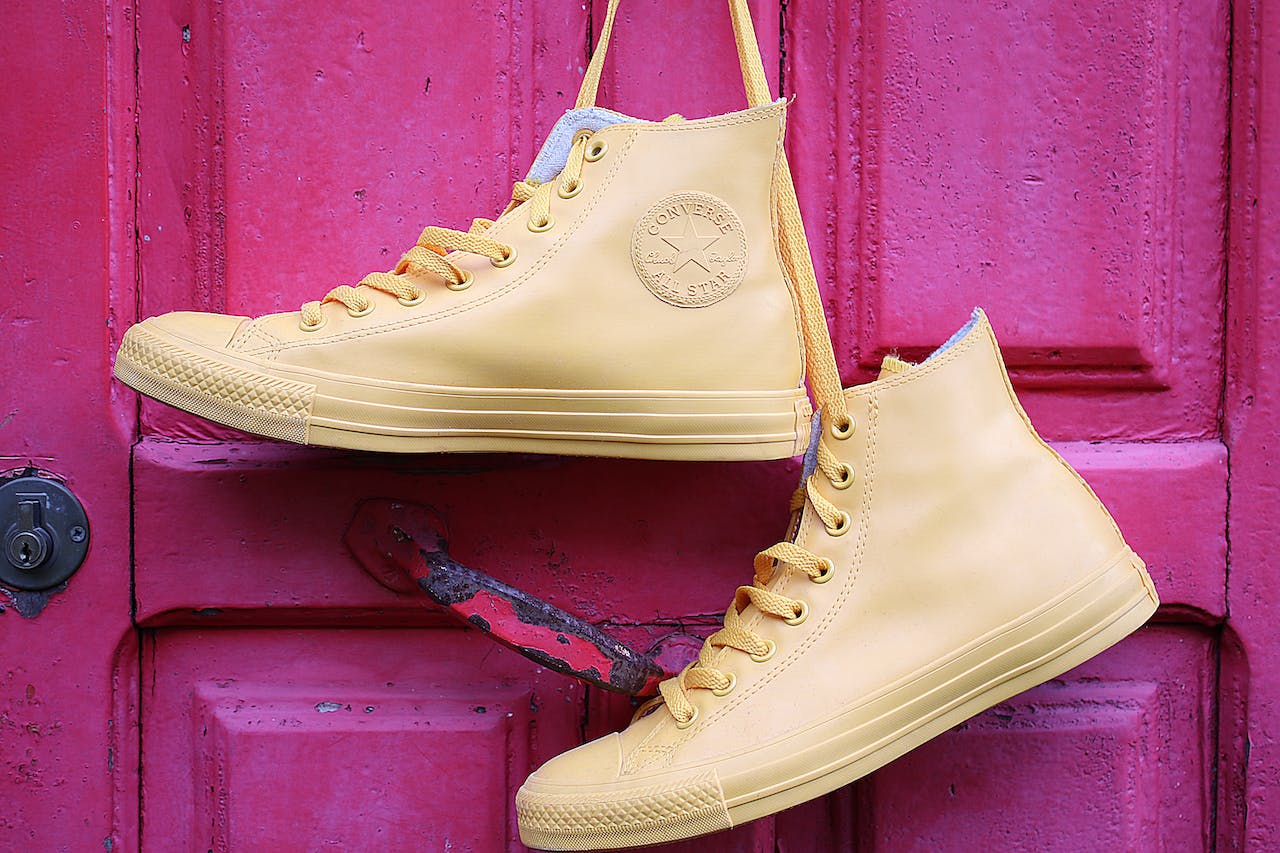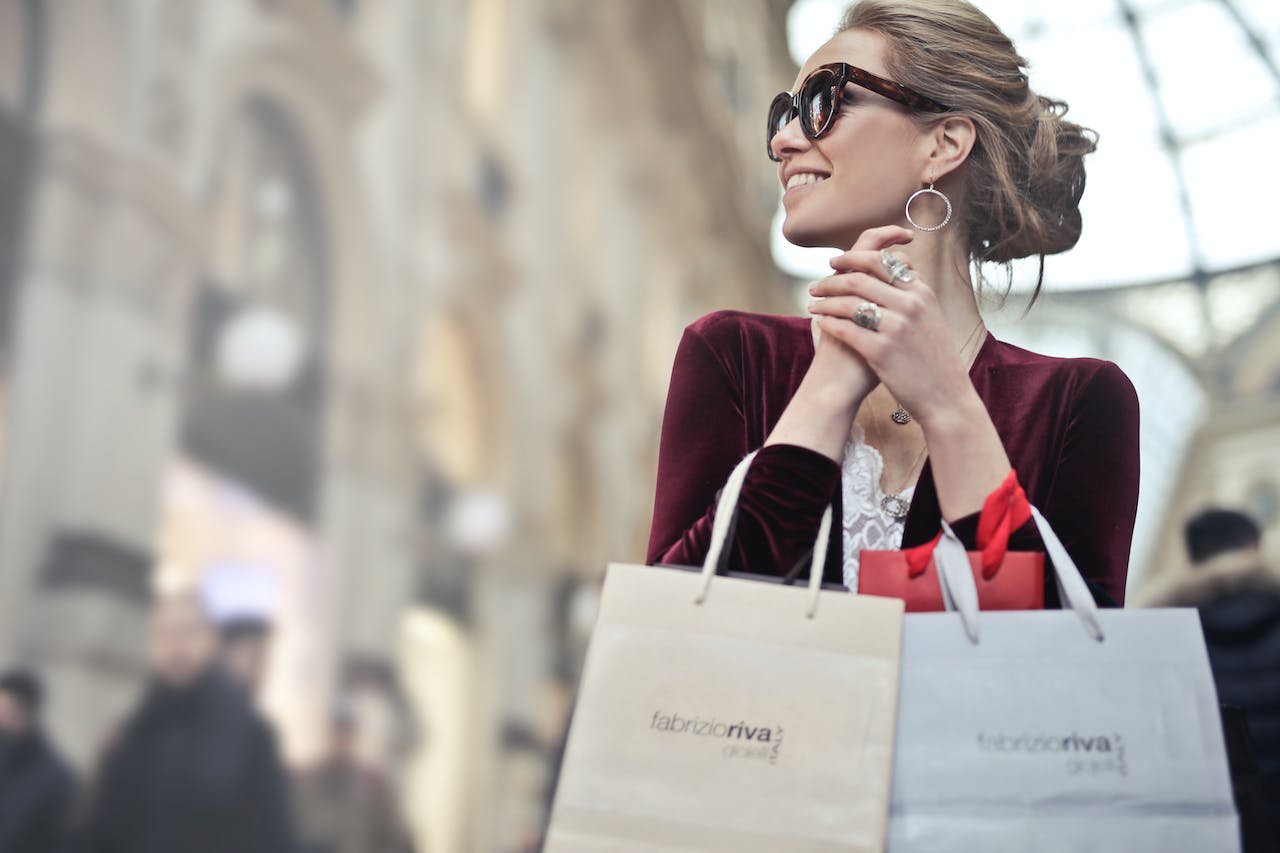
Fashion brandshave always played a pivotal role in shaping our cultural landscape, reflecting societal trends, and influencing personal style. Over the years, the fashion industry has undergone a remarkable transformation, with brands evolving to meet the changing needs and desires of consumers.
This article delves into the intricate world of fashion brands, tracing their evolution from traditional roots to the innovative and dynamic landscape of today.
Foundations Of Fashion Brands
The concept of fashion brands dates back to the 19th century when haute couture houses like Chanel, Dior, and Balenciaga emerged in Europe. These iconic brands set the stage for the fashion industry, establishing the importance of craftsmanship, exclusivity, and a distinct design philosophy.
During this era, fashion was a privilege reserved for the elite, and brands were built on the pillars of luxury and meticulous craftsmanship.
The Rise Of Ready-to-Wear - A Democratization Of Fashion
As the 20th century progressed, the fashion landscape witnessed a significant shift with the rise of ready-to-wear collections. This marked a departure from the exclusive world of haute couture, making fashion accessible to a broader audience.
Brands like Levi's, Gap, and H&M pioneered this movement, emphasizing mass production and affordability without compromising on style. The democratization of fashion resulted in a more diverse and inclusive industry.
Globalization And Fashion - Breaking Boundaries
In the latter half of the 20th century, they brought about increased globalization, impacting various industries, including fashion. Fashion brands began to expand their reach beyond national borders, embracing international markets.
This era saw the emergence of global fashion giants like Gucci, Prada, and Louis Vuitton, whose influence transcended cultural boundaries. The globalization of fashion not only broadened the consumer base but also led to cross-cultural collaborations, creating a melting pot of diverse styles and influences.
The Digital Age - Fashion Brands In The Online Realm
The advent of the internet in the late 20th century revolutionized the way fashion brands operate. The online realm opened up new possibilities for marketing, retail, and communication.
E-commerce platforms allow brands to reach consumers directly, bypassing traditional brick-and-mortar stores. Online presence became crucial for brand visibility, and social media platforms like Instagram and Facebook became powerful tools for marketing and engagement.
What Is Fast Fashion - Is It Bad
Fast fashion is characterized as affordable, stylish apparel that quickly and furiously transforms concepts from the catwalk or celebrity culture into finished items in order to satisfy customer demand. The goal is to get the newest fashions available as soon as possible so that consumers may buy them while they're still quite trendy and then, regrettably, throw them away after a few wears.
It reinforces the notion that dressing in the same clothes over and over again is a fashion faux pas and that you have to wear the newest styles as they emerge in order to be current. Fashion has become one of the most significant global pollutants due to its excessive production and consumption, of which it is a significant component.
Why Is Fast Fashion Terrible?
The 21st century brought about the rise of fast fashion, a trend characterized by rapid production cycles and affordable, trendy clothing. Brands like Zara, Forever 21, and Topshop became synonymous with this movement, churning out new designs at an unprecedented pace.
While fast fashion offered consumers the thrill of staying on-trend at a low cost, it raised concerns about sustainability, ethical practices, and the environmental impact of disposable fashion.
Polluting Planet
The environmental effect of fast fashion is enormous. Environmental standards may be compromised in an effort to save expenses and expedite manufacturing. The use of inexpensive, hazardous textile dyes is one of the detrimental effects of fast fashion, ranking the sector with agriculture as the world's worst polluters of clean water.
For this reason, Greenpeace has used its detoxifying fashion campaigns throughout the years to put pressure on manufacturers to get harmful chemicals out of their supply chains.
Exploiting Workers
Fast fashion has a human cost in addition to environmental costs. Fast fashion affects garment workers who are paid little, labor in hazardous conditions and are denied fundamental human rights.
The documentary The True Cost sheds attention on the situation of farmers farther down the supply chain who may be forced to labor with harmful chemicals and cruel methods that may have a catastrophic effect on their physical and mental well-being.
Harming Animals
Fast fashion affects animals as well. Toxic dyes and microfibres discharged into streams cause havoc when consumed by marine and terrestrial species as they move up the food chain. Furthermore, animal welfare is jeopardized when items made from animals, like leather, fur, and even wool, are utilized directly in fashion.
For instance, many incidents show that actual fur, including that of cats and dogs, is often misrepresented as artificial fur to unsuspecting consumers. In actuality, genuine fur is produced in such large quantities and under such appalling circumstances in fur farms that it is now less expensive to manufacture and purchase than fake fur.
Coercing Consumers
Ultimately, fast fashion may affect customers by promoting a "throw-away" mentality due to the goods' inherent obsolescence and the rate at which trends change. Fast fashion creates a perpetual feeling of need and ultimately leads to discontent by leading us to think we must spend more and more in order to keep up with trends.
Intellectual property concerns have also been raised against the practice; some designers claim that stores have unlawfully mass-produced their creations.
How Do You Make Your Fashion Brand Stand Out?
Retailers in every sector must be adaptable in order to change with the changing needs of their customers. What steps could fashion firms take to adapt to these changes and maintain their innovative edge?
Clearly Define Target Customers
Given the size of the fashion sector, identifying your target client base can help you remain on course. Running a middle-aged apparel firm with a marketing strategy that only targets young folks is different from what you want to be doing.
Understanding your brand's purpose is crucial. Is the target market for the clothing designed to be all age ranges or simply a particular demographic? This is true for various client demographics according to their ages, genders, interests, etc. By identifying your target, you can better focus on your USP and further differentiate your company from competitors.
Allow Shopping On Multiple Channels
One of the most prominent developments in the fashion sector is the move toward e-commerce, as was already noted. Customers are nevertheless progressively making purchases via a variety of channels, including social media, marketplaces, in-store purchasing, and mobile devices. Fashion firms need to adapt to these shifts in consumer behavior by meeting consumers wherever they shop and facilitating a smooth channel transfer.
Combining physical and virtual retail locations helps grow a brand's consumer base and impact. You can think about managing your website, creating a social media presence, or using online markets in addition to physical storefronts.
One company that successfully made the transition from offline to online is B-Wear Sportswear. Before 2018, B-Wear only offered merchandise in their physical locations. The firm had a 162% increase in income and an 81% increase in site traffic after using BigCommerce to expand into e-commerce.
Create An Omnichannel Shopping Experience
As previously stated, contemporary fashion customers exhibit distinct cross-platform buying behaviors. Before making their purchase in person, they could browse the brand's social media pages or perform some online window shopping.
According to research conducted by Google, Ipsos Media CT, and Sterling Brands, up to 42% of consumers still look for information online before making a purchase in-store.
As a result, you can differentiate yourself by providing not only a variety of channels but also a whole omnichannel experience. A smooth integration of discrete touchpoints from various shopping channels results in an omnichannel experience. Customers may, for instance, place an online order and pick up their merchandise at an actual shop.
Have A Consistent Brand Image
Maintaining a consistent image is crucial for fashion firms. Nike, for instance, is well known for being made especially for athletes of all abilities, but Gucci is more connected with style and modernity. Fashion firms need to decide on a style in addition to their target audience. It might be the overall aesthetic of the whole company or a particular look for a collection.
Maintaining a consistent brand image is essential for communicating to customers how you differ from your rivals. According to a Lucidpress analysis, a brand's presentation may boost sales by 33%.
Maintaining consistency throughout various communication aspects is essential. Some examples of this include utilizing the same brand logo, providing a similar color scheme, and delivering identical brand messaging on various platforms. Customers will get used to these components over time, giving your brand a unique "look" and "feel."
Pay Attention To Social Responsibility
Consumers' knowledge about the social responsibility of fashion businesses has increased.
According to a PwC survey, 64% of consumers said that a brand's stance on a social or political issue influences their decision to purchase from or avoid it. These societal obligations in the fashion business often include social inclusiveness, ethics, and sustainability.
Practice Your Core Values
According to 86% of customers, one of the critical determinants of their favorite brands is authenticity. Rather than only being on the "About us" page, core values need to be the focal point of every corporate endeavor. Rather than just saying what you believe people want to hear, they should reflect what is really essential to your company.
If a fashion business learns how to live up to its fundamental ideals, it may win over many consumers' hearts. For instance, if you declare products to be environmentally friendly, be sure to do appropriate research and use it in the manufacturing process.
Trust and devoted clientele are primarily dependent on your ability to be genuine in both your words and deeds. It is the most long-term viable strategy for company expansion.
Tell Your Brand Story
Using your fashion brand to convey a narrative and personalize it is another innovative method to express yourself. Not only can storytelling evoke feelings, but it may also imbue your clothing or accessories with significance. Tell your consumers about any personal inspiration or unique purpose that drives your business.
It is simple to tell tales in a variety of ways with the aid of graphic components and internet platforms. Storytelling has the potential to improve your brand's reputation and consumer relationships over time.
Don’t Lose Focus On Product Quality
Prior to becoming bold, a brand has to meet specific prerequisites. Your best efforts at brand promotion will only matter if the clothes live up to the expectations of your customers. Remember to meticulously inspect the quality of your items starting at the very beginning of their manufacture.
The "feel" of the materials, their longevity, the threads, or the producers' country of origin are a few examples of these fundamental needs. Ensure that the quality you give is the greatest possible for the amount you are willing to charge.
Ultimately, a significant aspect that encourages repeat business is your consumers' contentment with the merchandise. Promotions have the power to draw in new clients, but superior products keep existing ones coming back.
Top Fashion Brands
Top Fashion Brands have etched an indelible mark on the ever-evolving landscape of haute couture. These prestigious labels consistently redefine the fashion narrative, setting the bar for elegance and sophistication.
These Brands' market share might be calculated based on fashion weeks like Paris Fashion Week, Milan Fashion Week, New York Fashion Week, and Arab Fashion Week and may vary based on different sources and methodologies.
Zara
Zara, part of the Inditex group, is known for its fast fashion and trendy designs. It quickly responds to changing fashion trends, producing affordable and stylish clothing for men, women, and children.
Market Share - Approximately 2.2% of the global apparel market.
H&M (Hennes & Mauritz)
H&M is a Swedish multinational retail company that offers a wide range of clothing, accessories, and footwear at affordable prices. It is recognized for its commitment to sustainability and conscious fashion.
Market Share - Around 1.7% of the global apparel market.
Nike
Nike is a leading sportswear and athletic footwear brand. Known for its innovative designs and performance-oriented products, Nike has a strong global presence and is a dominant force in the athletic apparel market.
Market Share - Approximately 2.8% of the global sportswear market.
Adidas
Another major player in sportswear, Adidas, is known for its athletic shoes, clothing, and accessories. The brand combines style and performance, catering to a diverse range of sports and lifestyle activities.
Market Share - About 2.5% of the global sportswear market.
Gucci
Gucci is an Italian luxury brand renowned for its high-end fashion and accessories. Under the Kering umbrella, Gucci is celebrated for its iconic designs, craftsmanship, and status symbol appeal.
Market Share - Approximately 1.4% of the global luxury fashion market.
Louis Vuitton
Louis Vuitton is a French luxury brand known for its premium leather goods, accessories, and ready-to-wear fashion. It is one of the most valuable luxury brands globally.
Market Share - Around 1.3% of the global luxury fashion market.
Forever 21
Forever 21 is an American fast-fashion retailer offering trendy and affordable clothing and accessories. It caters to a younger demographic, staying on top of the latest fashion trends.
Market Share - Approximately 0.7% of the global apparel market.
Burberry
Burberry is a British luxury brand recognized for its distinctive tartan pattern and iconic trench coats. It has a strong heritage and appeals to consumers seeking classic yet modern fashion.
Market Share - Around 0.6% of the global luxury fashion market.
Uniqlo
Uniqlo, a Japanese brand, is known for its casual and functional clothing. It emphasizes simplicity, quality fabrics, and practical designs, making it popular for everyday wear.
Market Share - Approximately 0.9% of the global apparel market.
Ralph Lauren
Ralph Lauren is an American fashion brand that embodies classic and preppy style. Known for its polo shirts, the brand offers a wide range of clothing, accessories, and home goods.
Market Share - Around 0.5% of the global apparel market.
Chanel
Chanel, a French luxury brand, is synonymous with timeless elegance and sophistication. Known for its iconic tweed suits, little black dresses, and high-quality accessories, Chanel is a symbol of luxury and fashion excellence.
Market Share - Approximately 1.1% of the global luxury fashion market.
Puma
Puma is a German multinational sportswear brand that specializes in athletic and casual footwear, apparel, and accessories. It is known for its collaborations with celebrities and designers, bringing a fresh and stylish approach to sportswear.
Market Share - Around 1.1% of the global sportswear market.
Prada
Prada, an Italian luxury fashion house, is celebrated for its avant-garde designs and innovative approach to fashion. It offers a range of products, including ready-to-wear, leather goods, and accessories.
Market Share - Approximately 0.8% of the global luxury fashion market.
Gap
Gap is an American clothing and accessories retailer known for its casual and classic designs. It caters to a broad demographic, offering a variety of wardrobe essentials for men, women, and children.
Market Share - Around 0.8% of the global apparel market.
Versace
Versace, an Italian luxury fashion company, is recognized for its bold and glamorous designs. The brand is famous for its vibrant prints, Medusa logo, and high-end couture creations.
Market Share - Approximately 0.7% of the global luxury fashion market.
Under Armour
Under Armour is an American sports and activewear brand that focuses on performance-enhancing apparel, footwear, and accessories. It is known for its innovative technologies and designs for athletes.
Market Share - Around 0.7% of the global sportswear market.
Calvin Klein
Calvin Klein is an American fashion brand known for its modern and minimalistic designs. The brand offers a wide range of products, including apparel, accessories, and fragrances, with a focus on clean lines and contemporary style.
Market Share - Approximately 0.6% of the global apparel market.
Dior
Dior is a French luxury brand renowned for its haute couture, ready-to-wear, and accessories. Known for its iconic designs and influence on fashion, Dior is a symbol of luxury and sophistication.
Market Share - Around 0.5% of the global luxury fashion market.
Tommy Hilfiger
Tommy Hilfiger is an American fashion brand known for its classic American style with a modern twist. The brand offers preppy and casual clothing, footwear, and accessories.
Market Share - Approximately 0.5% of the global apparel market.
Balenciaga
Balenciaga, a luxury fashion house based in Paris, is known for its avant-garde and experimental designs. The brand combines traditional craftsmanship with innovative and futuristic elements.
Market Share - Around 0.4% of the global luxury fashion market.
FAQs About Fashion Brands
What Are The Fashion Brands?
All brands that are involved in the fashion business are referred to as fashion brands. A fashion brand blends style, symbolism, and experience components; to be successful in the market, it must distinguish its goods and manage its supply chain.
What Is The Concept In Fashion?
A fashion concept is a group of concepts that will shape the kinds of clothes you, as a fashion company or independent designer, will be pushing.
What Is Fashion Introduction?
It's a kind of art where the focus is on making clothes and essential living items.
Conclusion
Fashion brands have come a long way from their traditional roots, evolving in response to societal shifts, technological advancements, and changing consumer expectations. From the exclusive world of haute couture to the democratization of fashion through ready-to-wear, the globalization of brands, the rise of fast fashion, and the current emphasis on sustainability and innovation, the fashion industry continues to reinvent itself.
